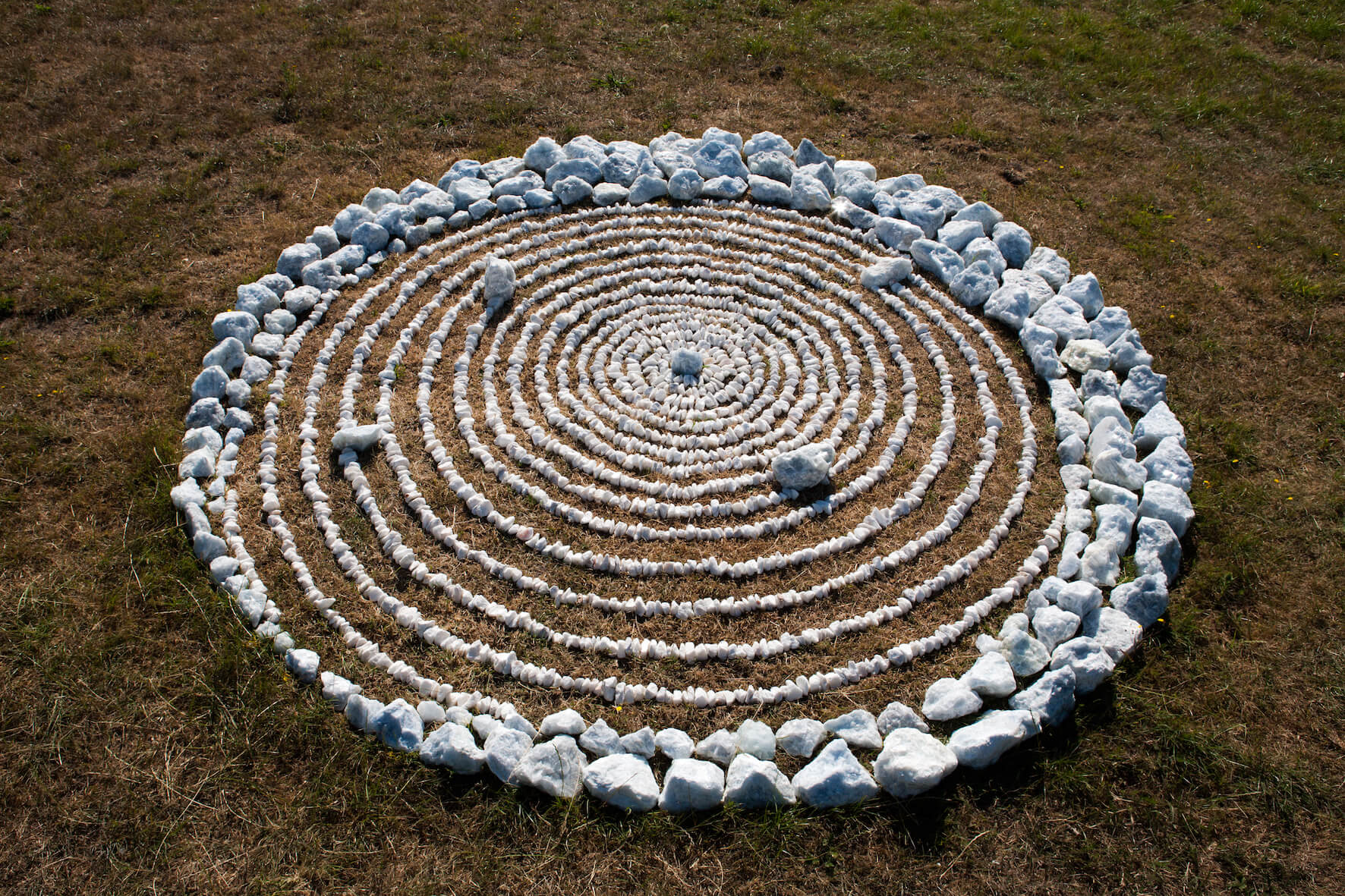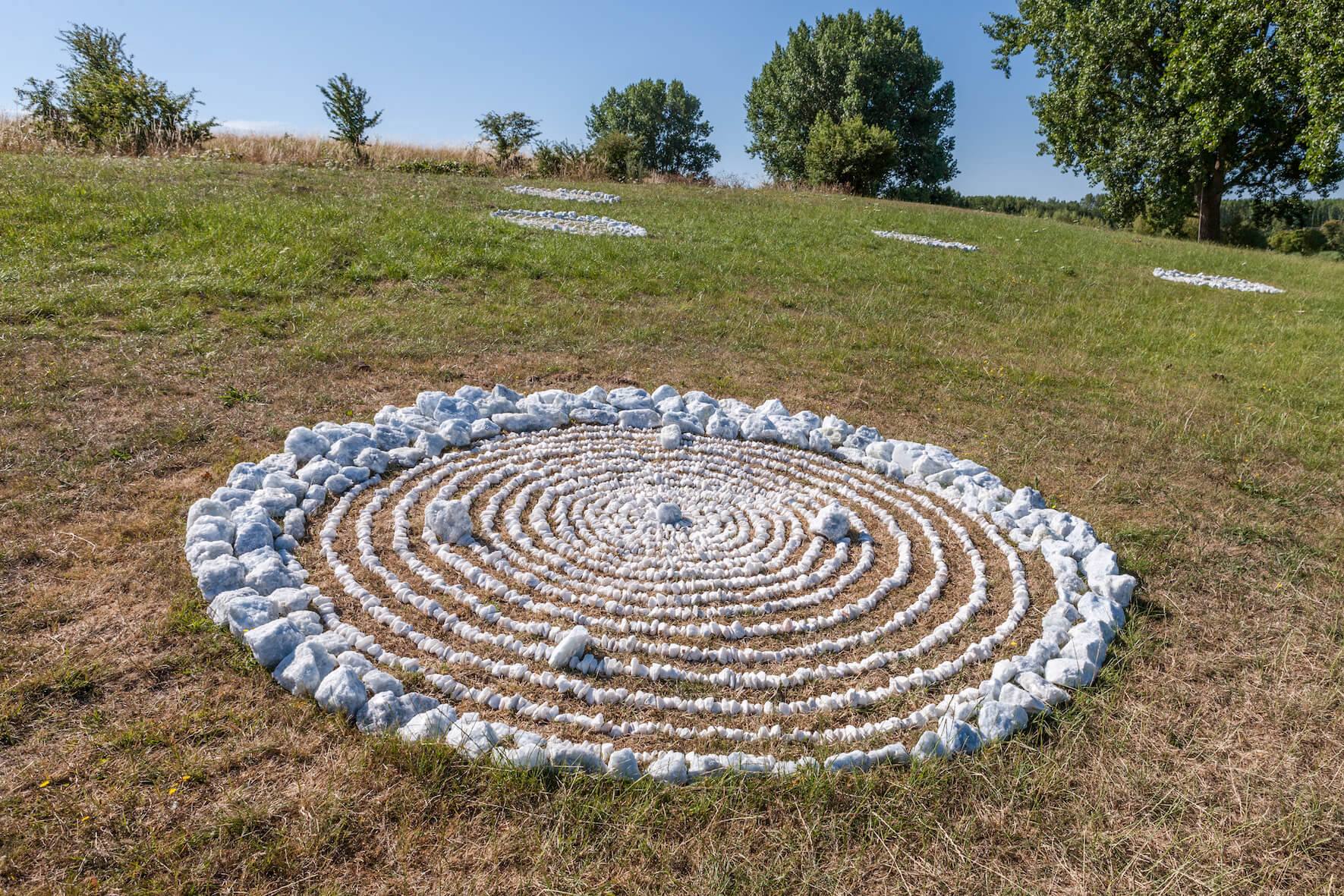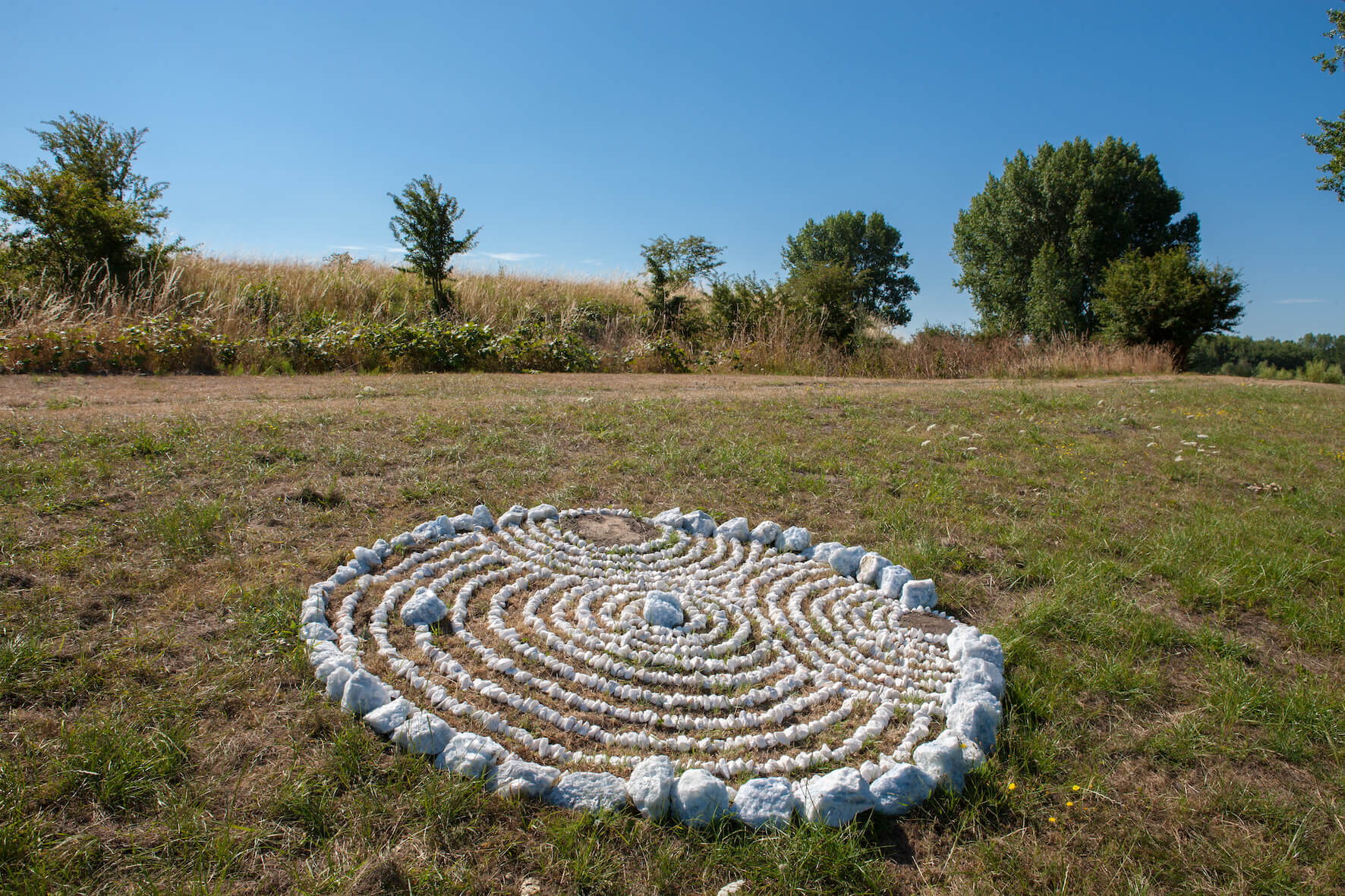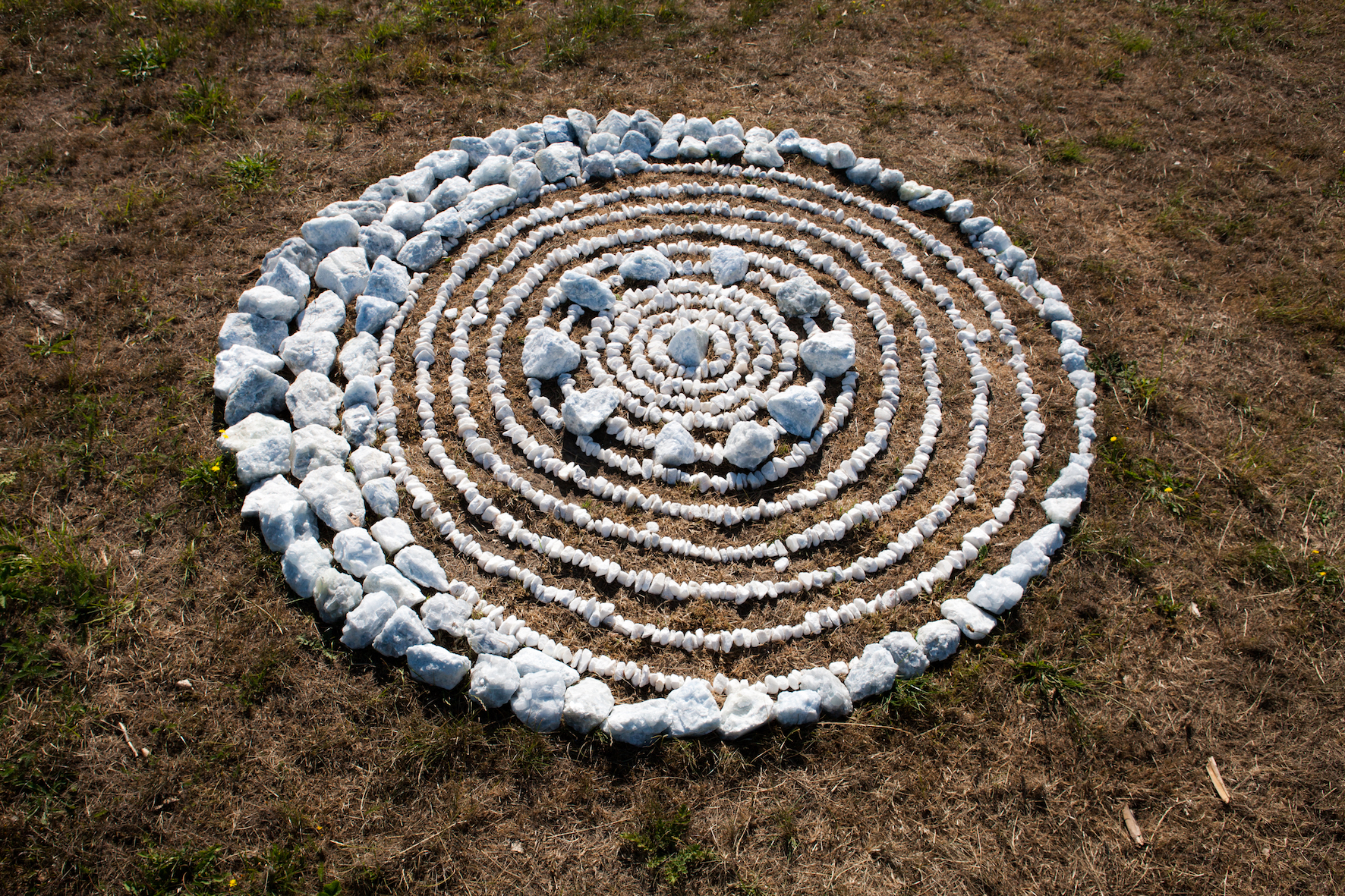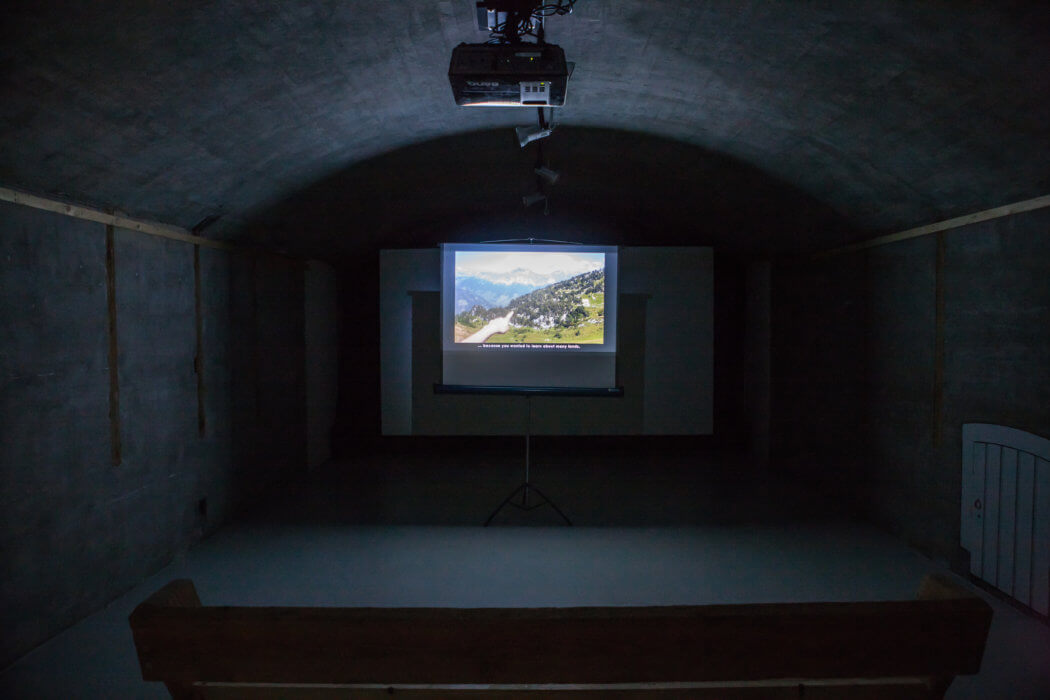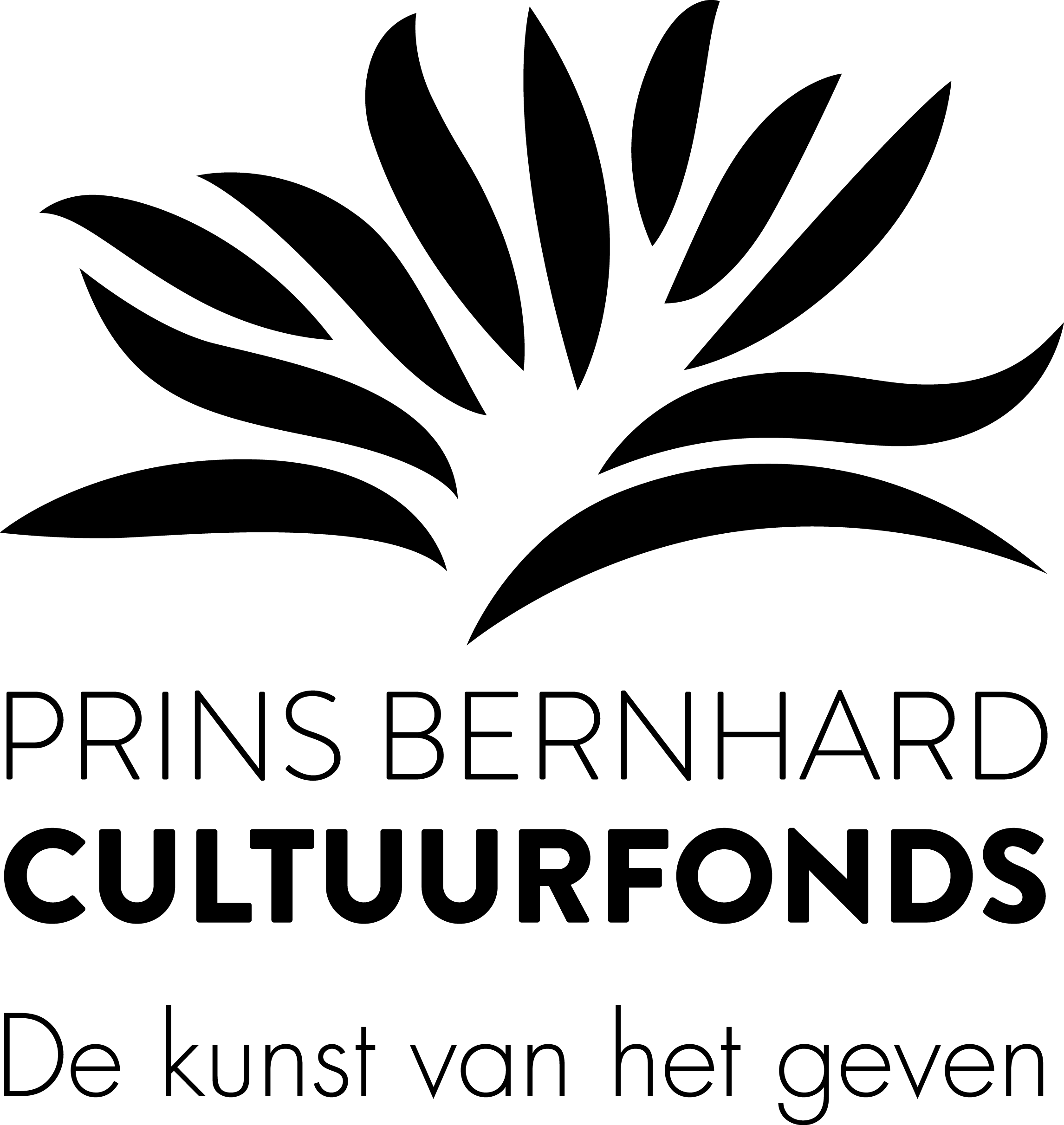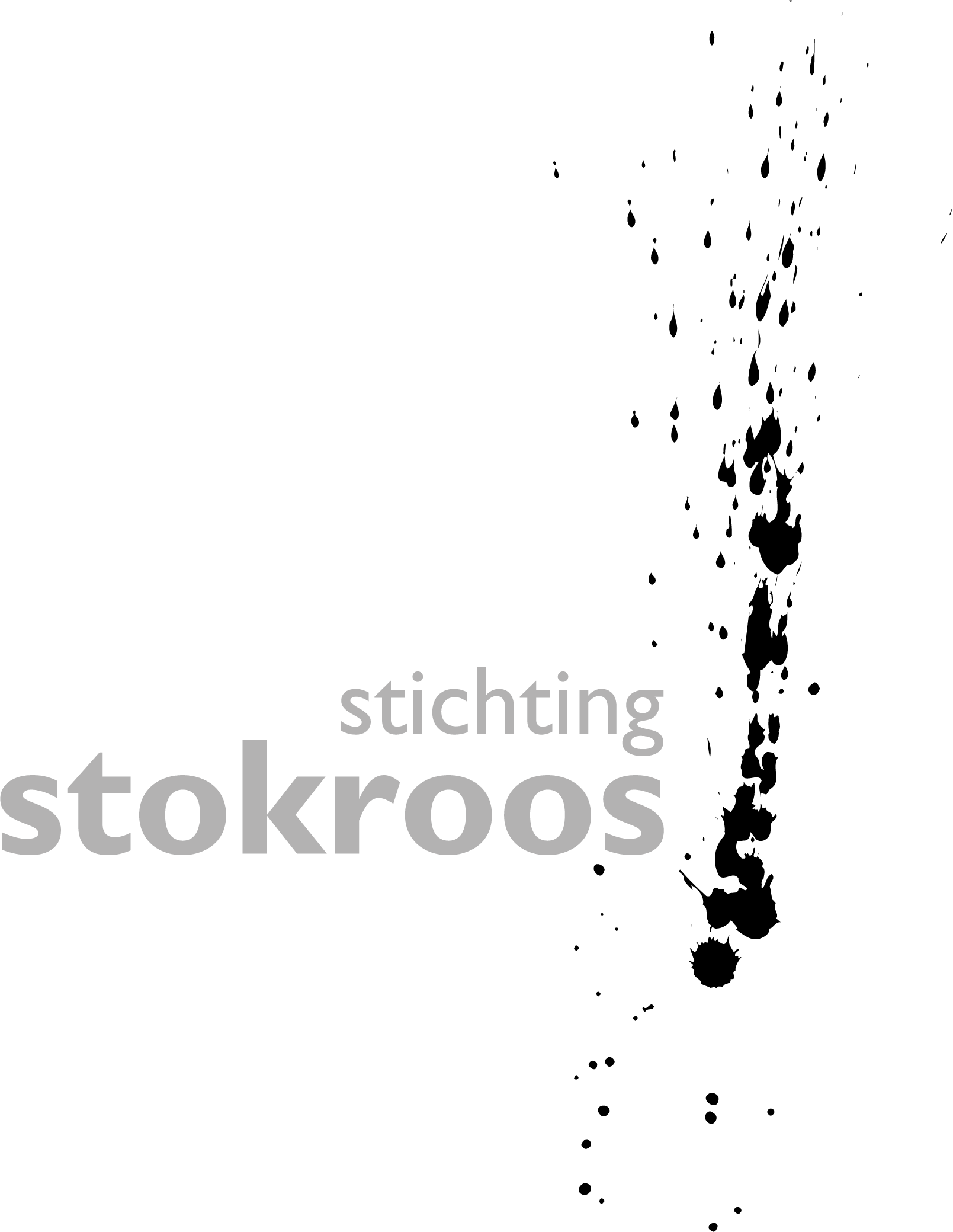The Mindful Intervention
Location: Kunstfort Vijfhuizen
15.07–16.09.2018
With Yin-Ju Chen, Tamás Kaszás and Sam Keogh
This Summer, Kunstfort Vijfhuizen and VRIZA present the start of The Mindful, a curatorial project initiated by Kerstin Winking. The project is inspired by Ursula Le Guin’s The Dispossessed (1974). In this science fiction novel, set hundreds of years in the future, the Mindful is a spaceship, specifically an interplanetary freighter. The project appropriates the Mindful’s name, because like the imaginary spaceship, it also moves from place to place, each time entering a new context or ‘world’ and facilitating encounters. The Mindful Intervention at Kunstfort Vijfhuizen launches the project with three installations and a performance by Yin-Ju Chen (Taiwan, 1977), Tamás Kaszás (Hungary, 1976) and Sam Keogh (Ireland, 1985).
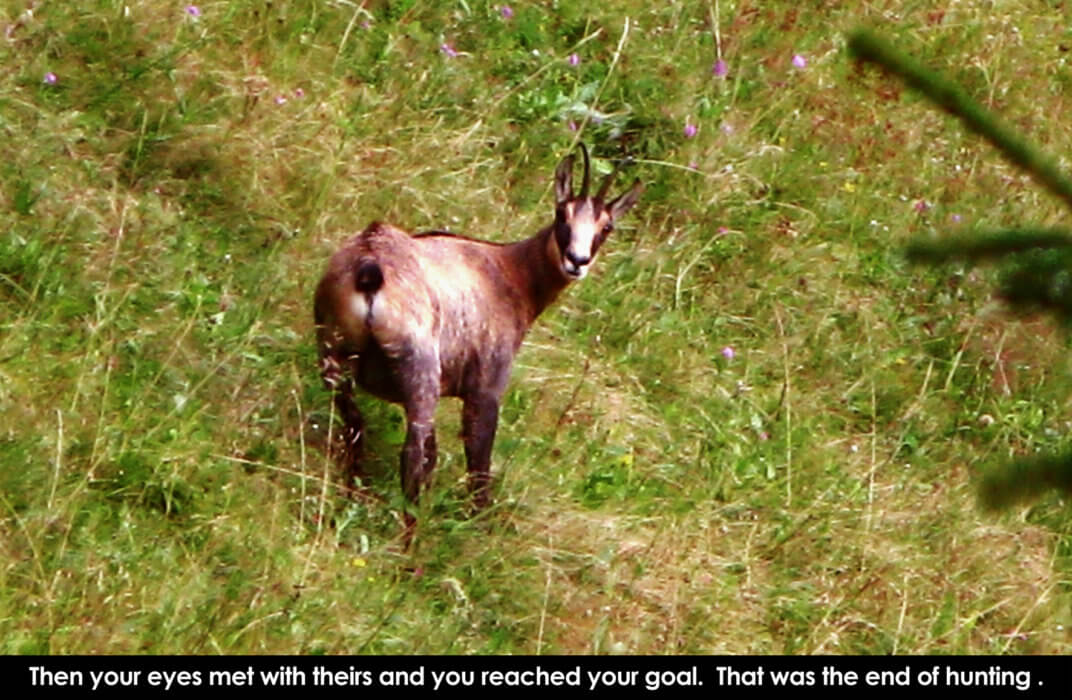
- Tamás Kaszás, Escapist Story (Forest School), 2016-17, video still.
2. Yin-Yu Chen, Reverberation of the Pleiades, 2018, Kunstfort Vijfhuizen. Photo: Simon Trel.
Reverberation of the Pleiades by Yin-Ju Chen
In what ways do the stars affect human life on Earth? Yin-Ju Chen searches for answers to this question in cosmology, conspiracy theories and philosophy, all of which inspire her artistic practice. American art of the 1960s and archaic patterns based on star constellations and found in global cultural productions, reverberate in Reverberation of the Pleiades, her new land art work created as part of The Mindful Intervention at Kunstfort Vijfhuizen.
Reverberation of the Pleiades is culturally anchored in the global human tradition of depicting and describing the Pleiades, a star cluster that came into being about 100 million years ago. The Pleiades are for instance mentioned in Homer’s Iliad and depicted on the Nebra sky disk. Astronomers say that the Pleiades star cluster is anchored in a deep past and it will last into the far future for about another 100 million years before it fades. In view of this time span, Yin-Ju’s Reverberation of the Pleiades reads like a contemporary reminder of the ephemerality of human life.
In this sense Yin-Ju Chen’s work connects to the land art of the American artist Robert Smithson, who is best known in the Netherlands for his work Broken Circle(1971) in Emmen. Smithson was obsessed with the concept of entropy, a notion from the field of thermodynamics, which describes the irreversible deterioration of closed systems over time. Like Smithson, Chen is fascinated by entropy and her Reverberation of the Pleiades is a reflection on the process.
This slide show tells the story of an activist who escapes an urban environment for an autonomous life in nature. His new environment is not an untouched paradise, but the peripheral areas of European urban centres. Trying to establish a new relationship with nature, the activist creates a kind of folk wisdom that is rooted in a dialogue with plants and animals. This newly created folk wisdom is what the Escapist Story (Forest School) teaches.
The work plays with the romantic aspects of the situation it explores and is inspired by American writer Henry David Thoreau’s Walden; or, Life in the Woods (1854). Though immersed in fiction, Escapist Story (Forest School) is a project, which could constitute a collection of practical and metaphysical guidelines for people who decide to escape civilization and live in the forest. As Thoreau wrote, “it is not enough to know the tricks of the hunters, you must also study the poetry of the forest.”
Kapton Cadaverine Log Entry by Sam Keogh
In Kapton Cadaverine Log Entry a handheld camera skims over the interior of a star ship: various textures and surfaces glisten in the light of the camera as the ship’s lone inhabitant struggles to locate himself in time and space. The film’s narration shifts in and out of digenesis with the images, mirroring the layered registers and temporal confusion of the dialogue.
The film is made from a combination of video footage taken inside an empty installation overlaid with audio documentation of a performance that took place in Rijksakademie last year. The artist himself performed as an astronaut waking up in the battered cryopod at the centre of the ship. The astronaut suffers from memory loss, confusion, and frostbite. Images of the ship’s grubby interior convey the impression that the astronaut has been without human contact for some time. He acknowledges the audience but only as hallucinations, spectral symptoms of a prolonged lack of human contact. Intermittently speaking and listening to the onboard computer, he tries to make sense of his surroundings by reassembling scattered memories of the Earth he left behind. These monologues are interrupted by manic descriptions of androids with liquid latex blood, the bacteria feeding on the ship’s walls, or an explanation of a Soviet philosopher’s idea to circumvent the heat death of the universe through a reignition of the Big Bang.

5. Sam Keogh, Knotweed, 2018. Photo: Anne Tallentire.
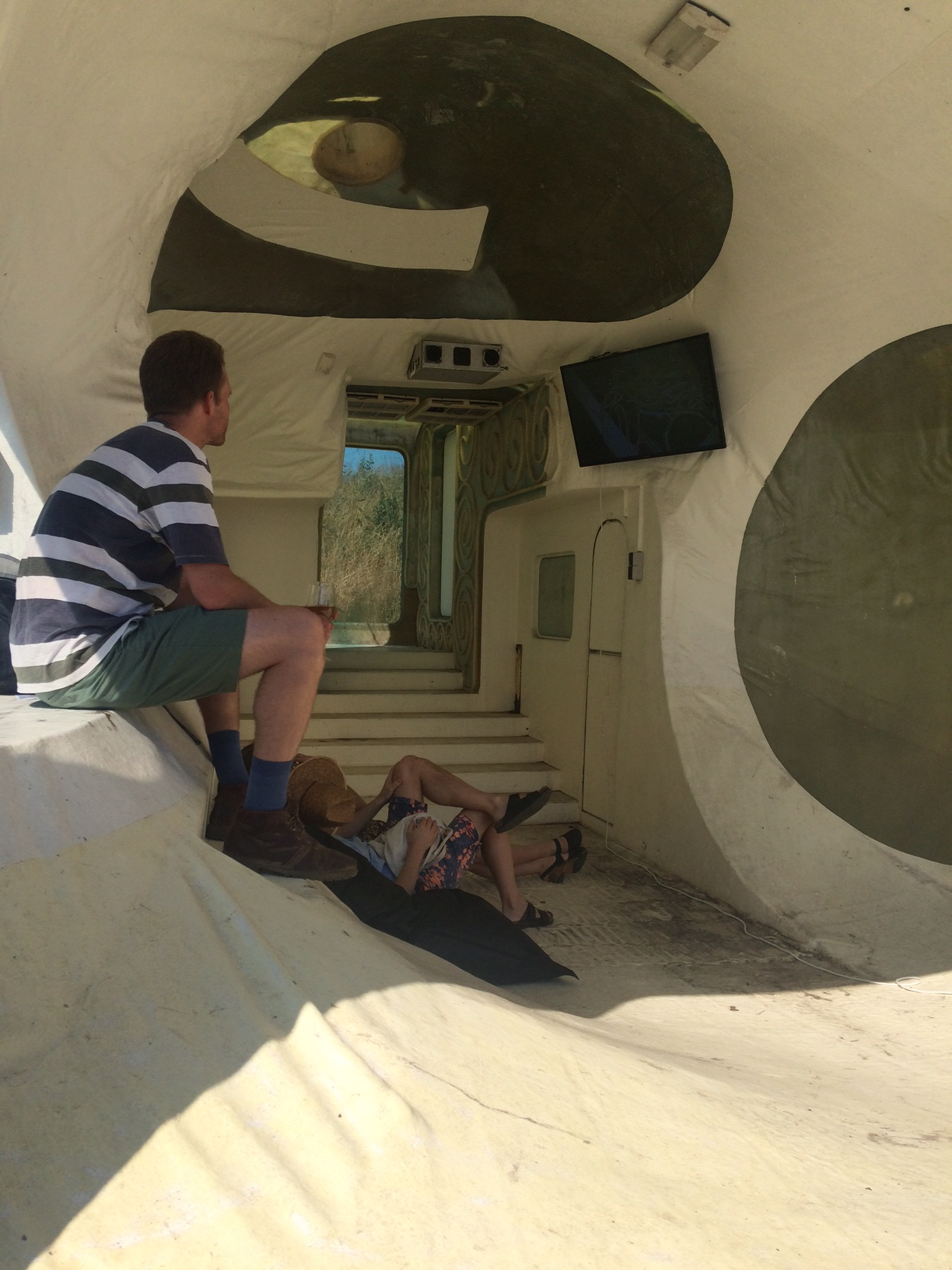
4. Sam Keogh, Kapton Cadaverine Log Entry, 2018. Photo: Kerstin Winking.
8 September: Knotweed
Using collage, text and audio visual elements, Sam Keogh’s new performance knots together several disparate strands of research on invasive species; landlord revenge; worker sabotage and foraged food trends. Knotweed becomes a performance as root system, rhizomaticaly undermining housing as commodity.



